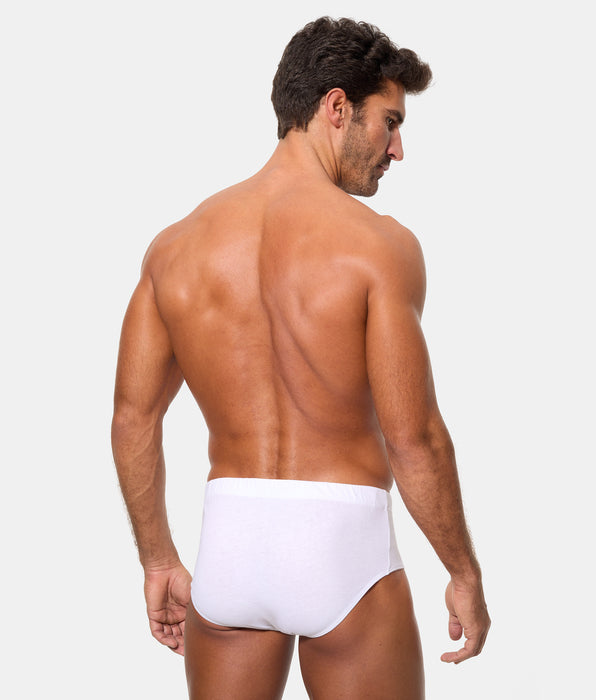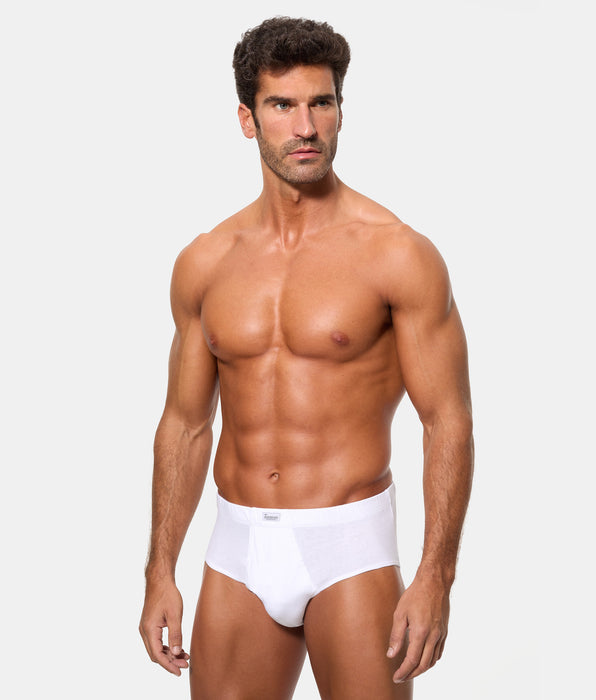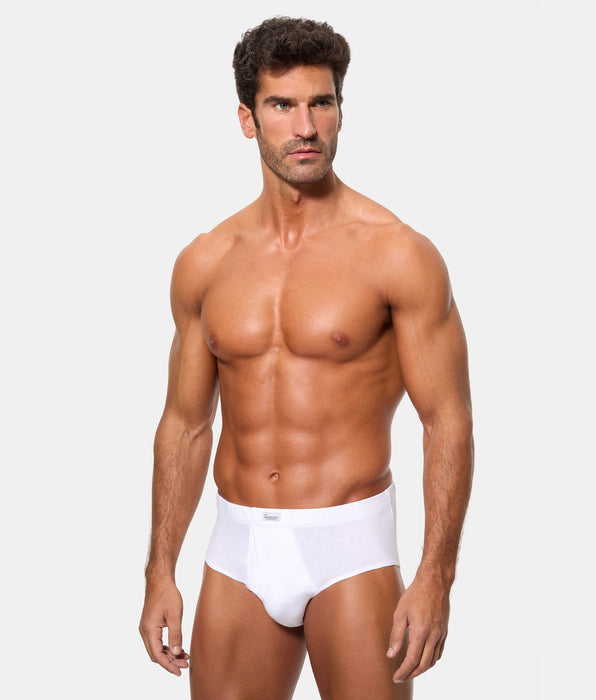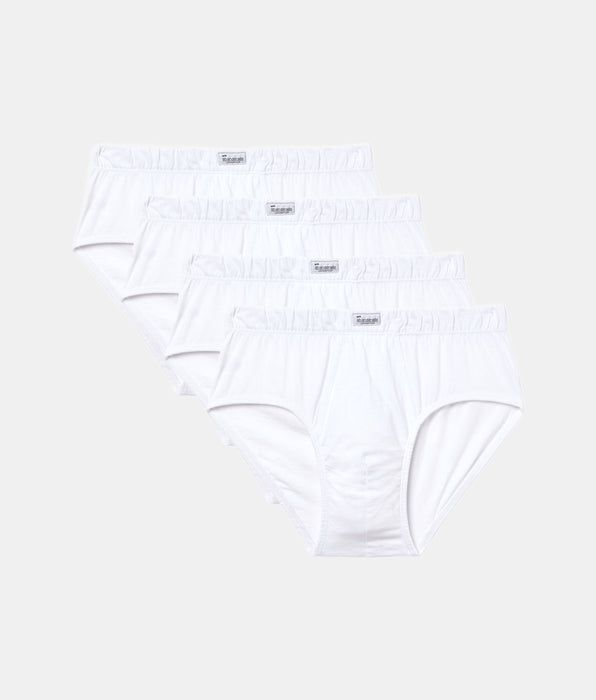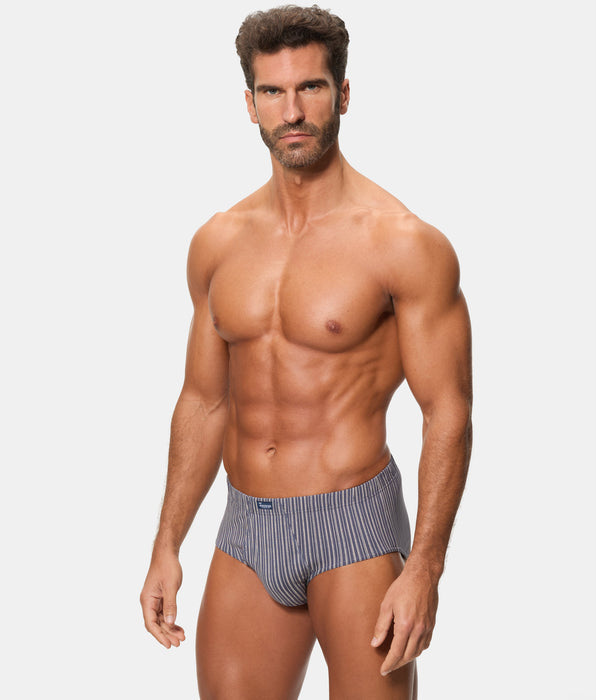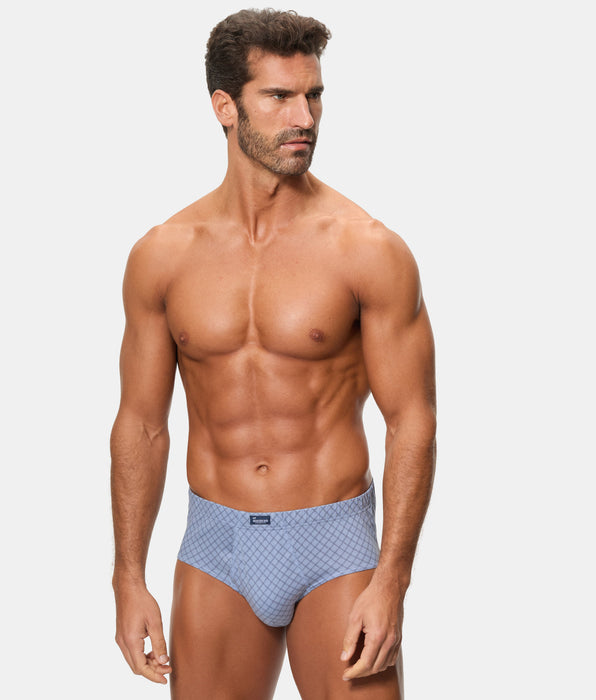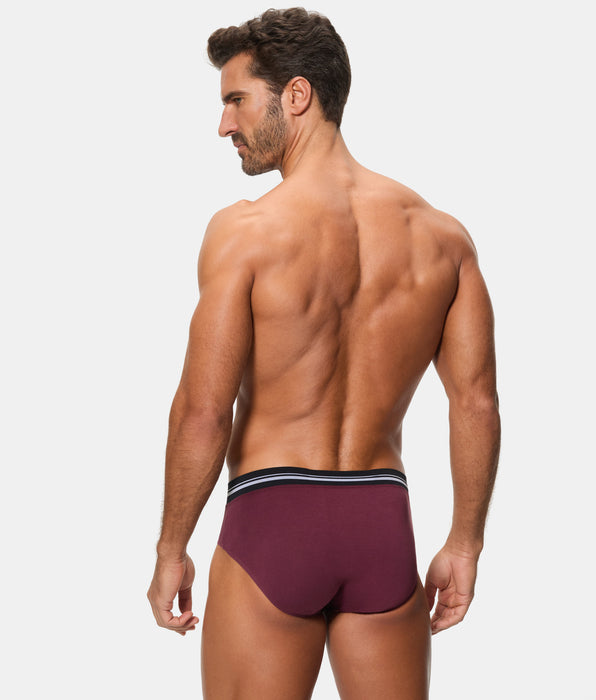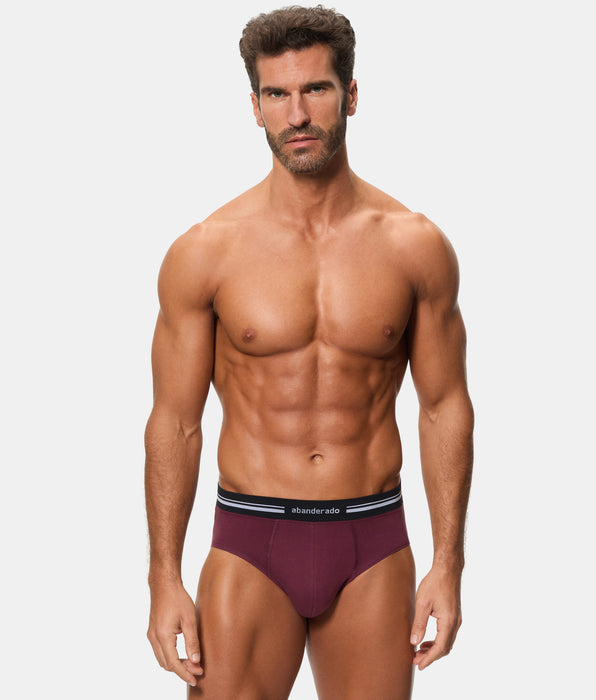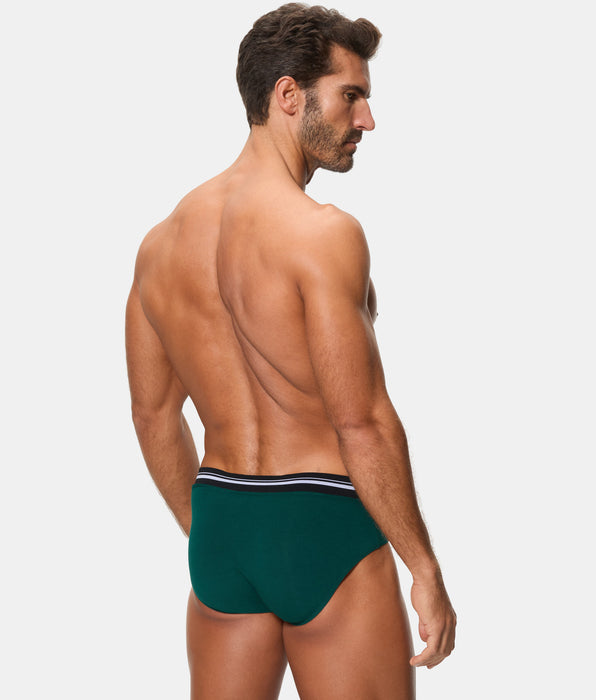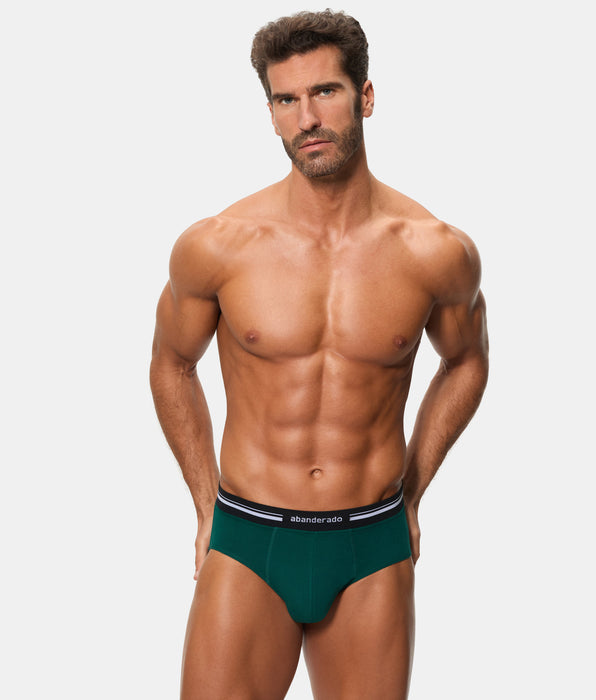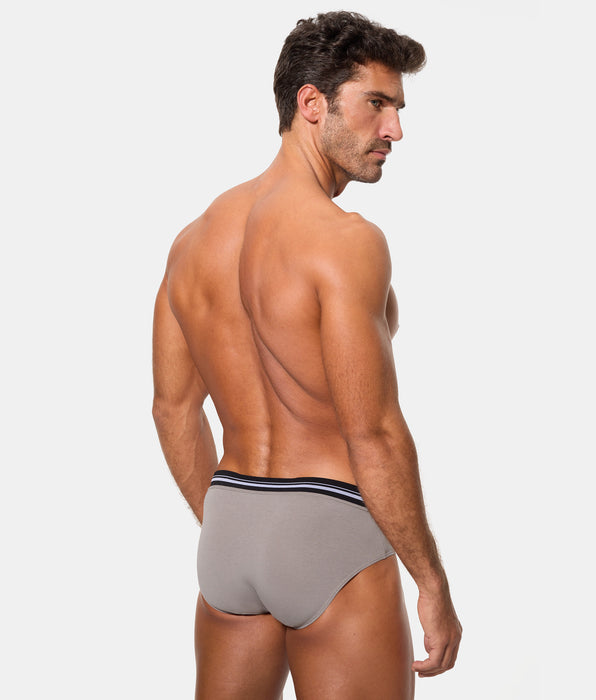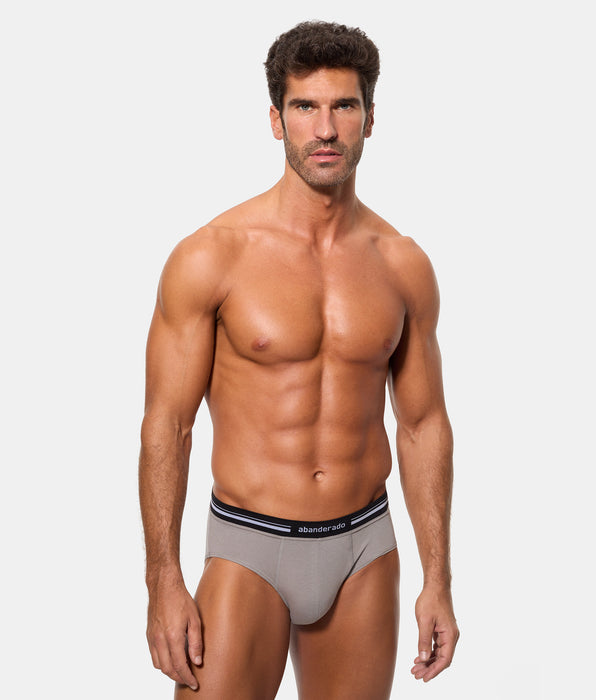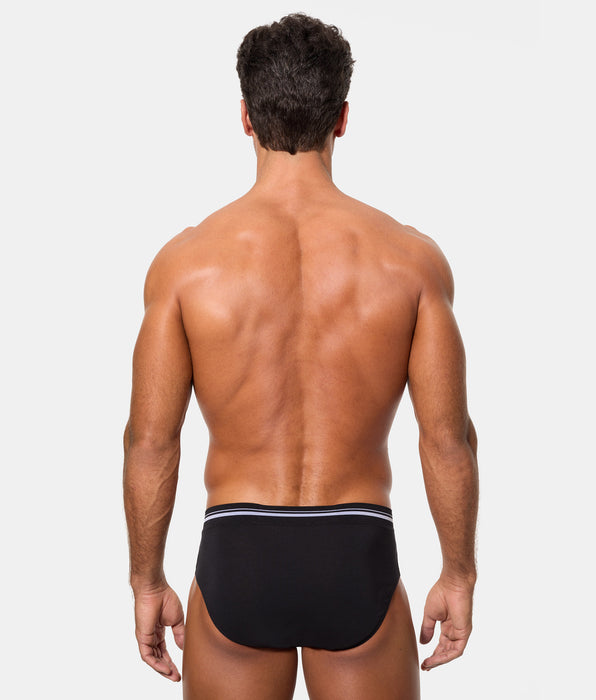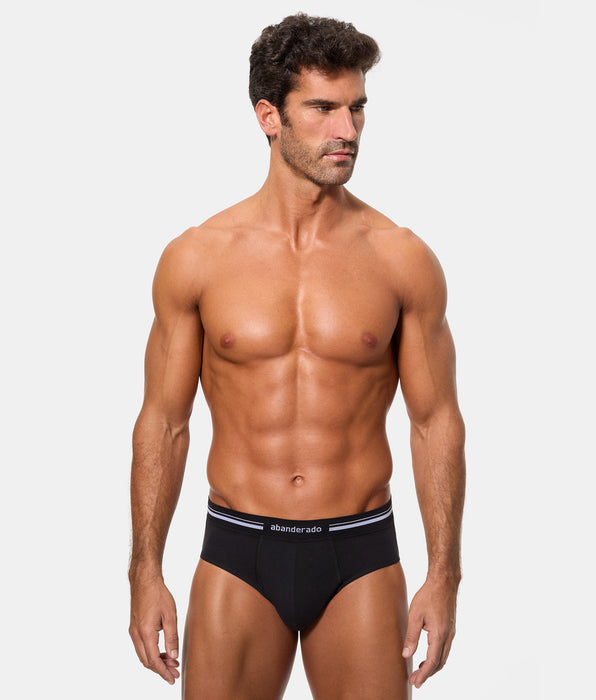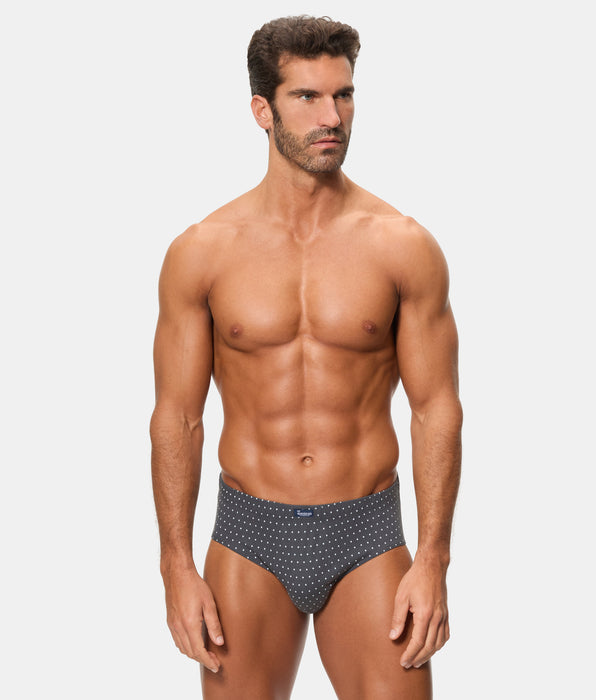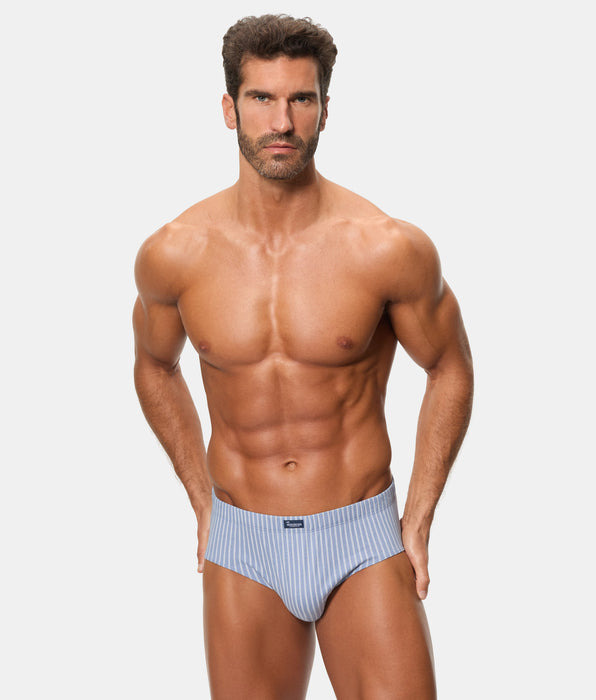Dermatitis is the generic term for skin irritation. Regardless of its cause, it's clear that anything that comes into direct contact with the dermis contributes to worsening or lessening these problems, as is the case with clothing. Therefore, it's essential to know which fabrics and materials are best for sensitive skin and, of course, if you suffer from textile contact dermatitis. Therefore, we're showing you a selection of the
best fabrics for dermatitis .
The 5 best fabrics for dermatitis
The term dermatitis, as we've mentioned, encompasses skin disorders caused by various factors. In all of these,
contact with clothing can trigger an attack, either due to the type of textile fibers used in its manufacture or due to the chemical additives used in its manufacturing process.
In principle,
it's recommended to avoid synthetic fabrics that hinder perspiration . On the other hand, the best fabrics for dermatitis are those of natural origin and especially soft textures, as is the case in these five cases.
Cotton
The history of the textile industry cannot be understood without mentioning cotton. It has always been one of the most widely used raw materials, even during the era when synthetic fabrics were the mainstays.
Cotton has many advantages , such as its soft texture and durability. But if we focus on the properties that make cotton one of the best fabrics for dermatitis, it's because:
- Promotes perspiration.
-
It has an exceptional moisture absorption capacity , specifically, almost 30 times its weight in water.
- Cotton is hypoallergenic.
-
It is lightweight and breathable , helping the skin maintain a stable temperature.
All these characteristics explain why
Abanderado's underwear collections prioritize cotton as a raw material . It's essential to ensure that garments that come into direct contact with the skin and in particularly delicate areas help prevent irritation.
Organic cotton
To avoid dermatitis, the type of fabric used is important, as is the treatment given during manufacturing. Therefore, among the different types of cotton, organic cotton is the most suitable for atopic or more sensitive skin.
Organic cotton is grown exclusively with natural fertilizers , never with chemicals.
Abanderado's Ecosmart line , part of the Ocean collection, is
made with organic cotton from ecological farming . And it goes a step further in its concern to avoid skin problems caused by
allergy-causing fabrics , as toxic dyes or chemical additives are not used during the garment manufacturing process. Other details also contribute to greater comfort, such as:
-
The labels are facing outwards , so they do not rub against the skin and even the slightest discomfort is avoided.
-
The waistbands on all Abanderado Ecosmart briefs are rubber coated to optimize comfort.

Cotton batiste
Among the best fabrics for dermatitis, cotton batiste ranks high. It's
a particularly light, soft, and transparent fabric . There are different formats of this fabric, but the most suitable for people with dermatitis is the one made with
cotton fibers that undergo a calendering process .
The result is a
fabric renowned for its delicacy and softness , ideal for lingerie and children's clothing. However, it has the disadvantage of requiring very specific care to keep it in perfect condition.
Linen
Linen is another natural fiber that has always been valued for its extraordinary quality. It's naturally
soft, lightweight, and breathable . In fact, linen clothing is often associated with summer, as it helps maintain a feeling of coolness, even on the hottest days.
Linen also
has fungicidal and antibacterial properties , which prevent the growth of microorganisms, mold, and fungi in garments made with linen. These characteristics make linen highly
recommended for people with atopic or sensitive skin .
As with cotton batiste, linen garments require more care than cotton. They should be washed in cold water or no hotter than 30 degrees Celsius, using short cycles and avoiding spin drying. In fact, one of linen's main drawbacks is that
it tends to wrinkle easily . This can be a problem for sensitive skin, as
the wrinkled area can cause chafing or irritation .
Silk
If there's one fabric that evokes ultimate softness and delicacy, it's silk. A natural fabric that also
promotes breathability and body temperature control . It's also hypoallergenic and has anti-mite properties.
But it has one drawback compared to other best fabrics for dermatitis:
its excessive price . Another drawback is that silk clothing should be avoided from becoming too stained, as
it can only be washed in cold water , without rubbing or twisting.
Irritations, eczema, and skin problems caused by textile contact can be avoided by wearing clothing made from any of these fabrics. Although the five selected fabrics have similar softness and breathability, they differ in other aspects, such as maintenance and price. Of all of them,
cotton, and especially organic cotton, offers the most benefits for this skin condition .
At Abanderado, we've opted for organic cotton to make our underwear designed for the most sensitive skin. The Ecosmart line from the Ocean collection is an excellent example of garments suitable for preventing dermatitis, especially that caused by textile contact. In another article on our blog, we also give you recommendations on suitable underwear for other health conditions, such as the
most recommended underwear for varicoceles . Because your comfort is our priority!



